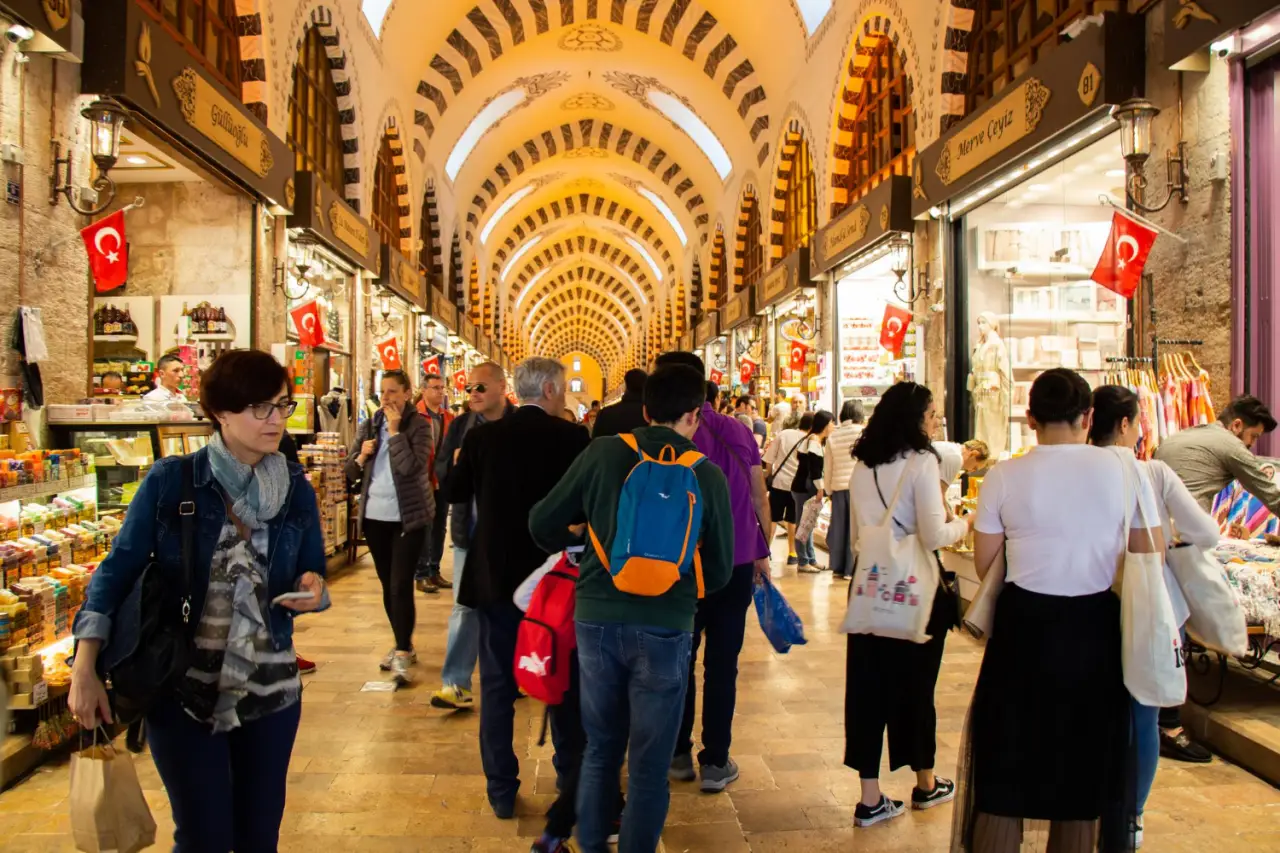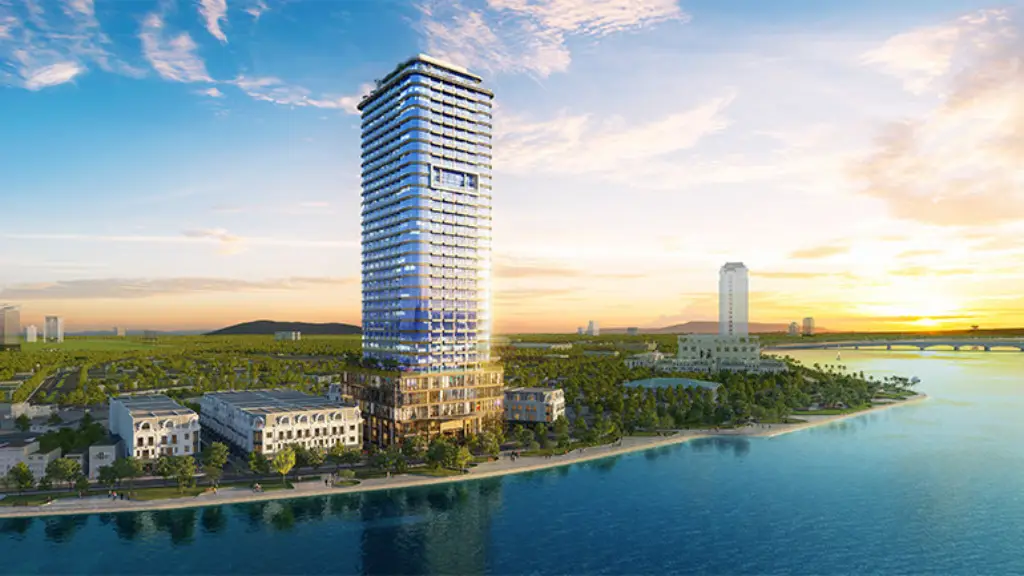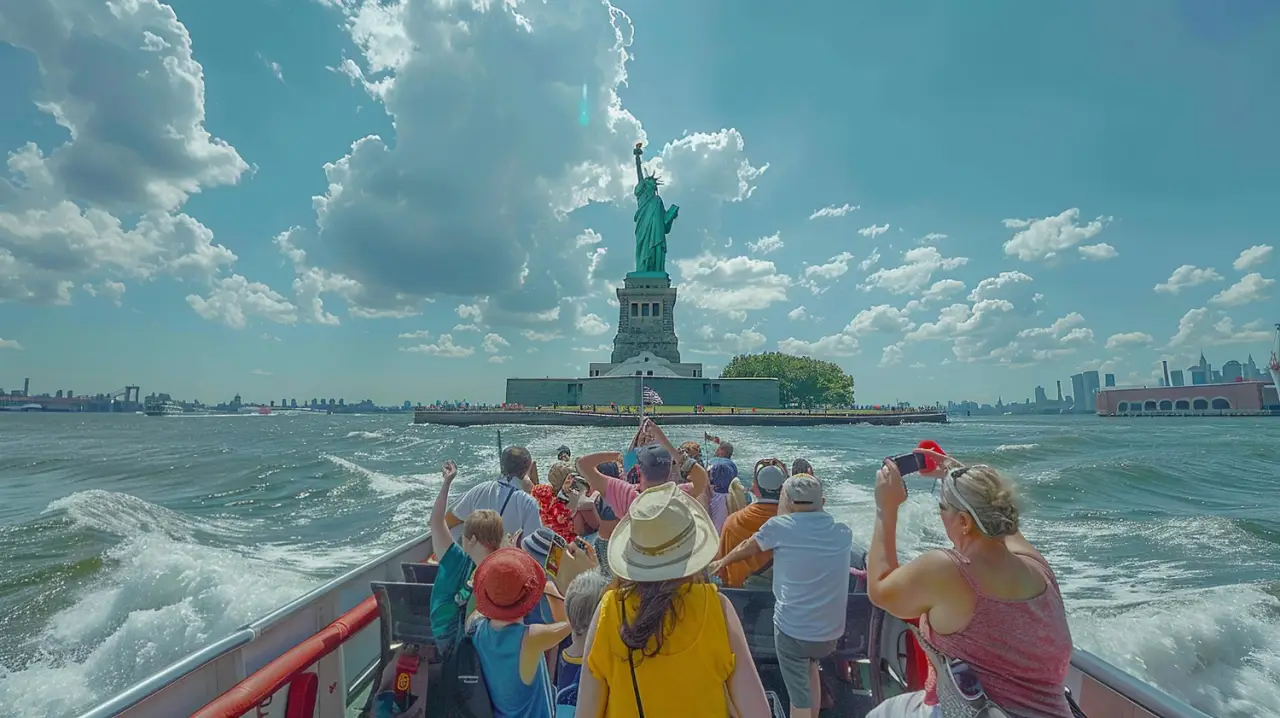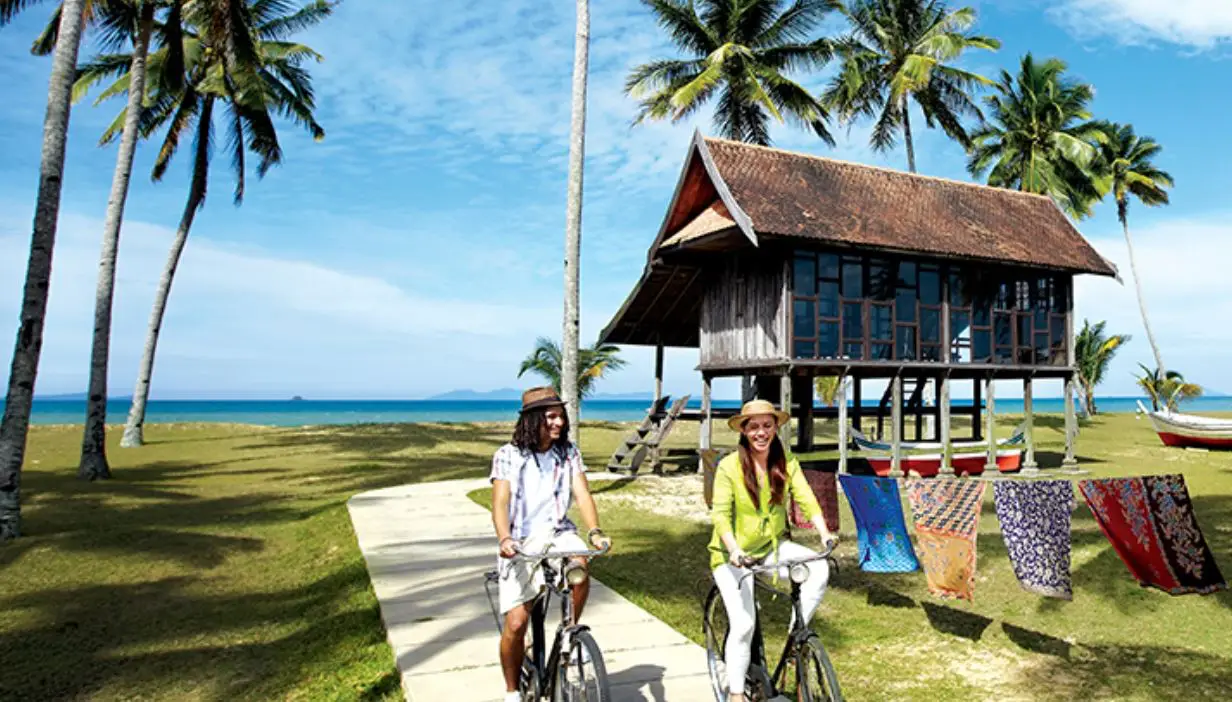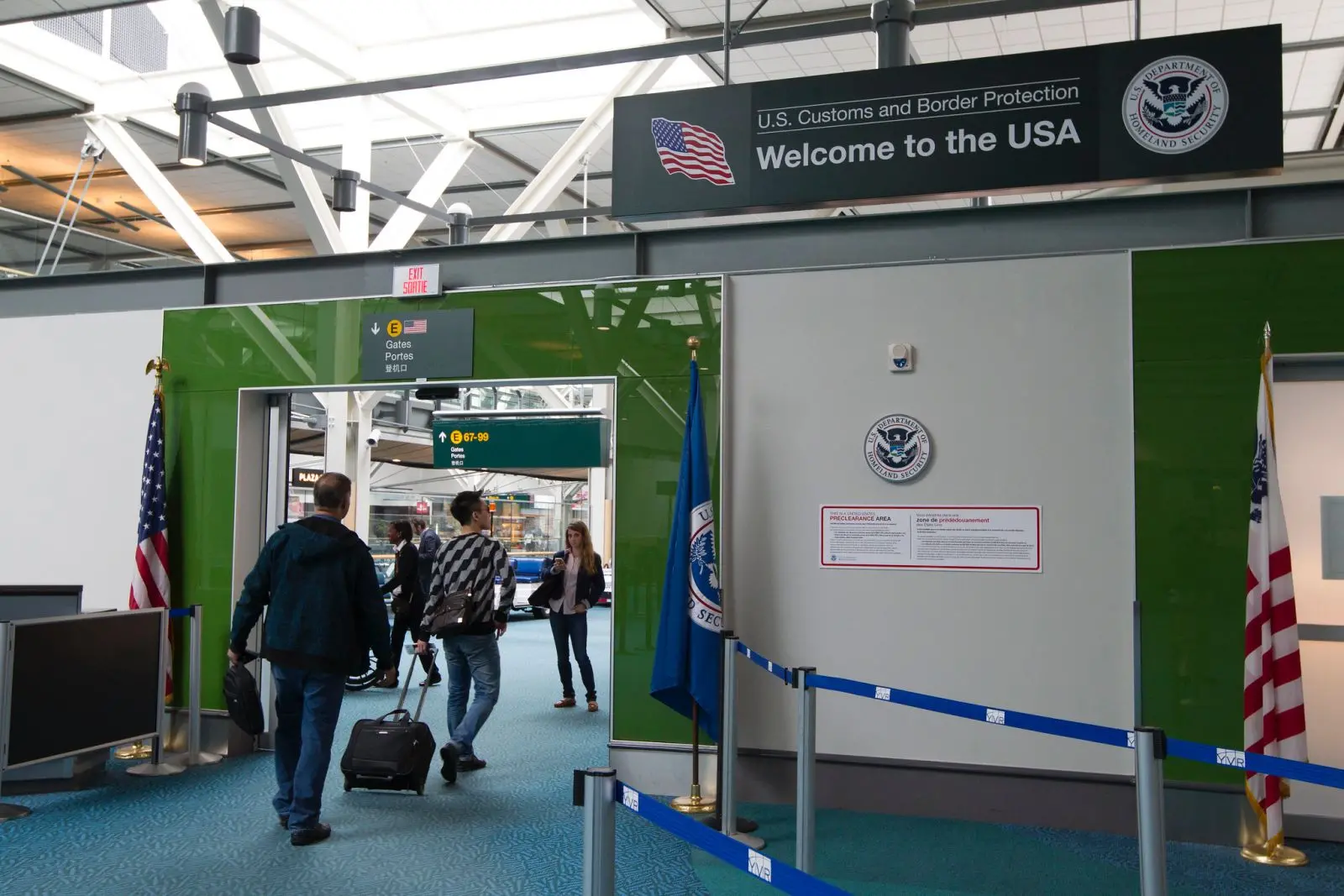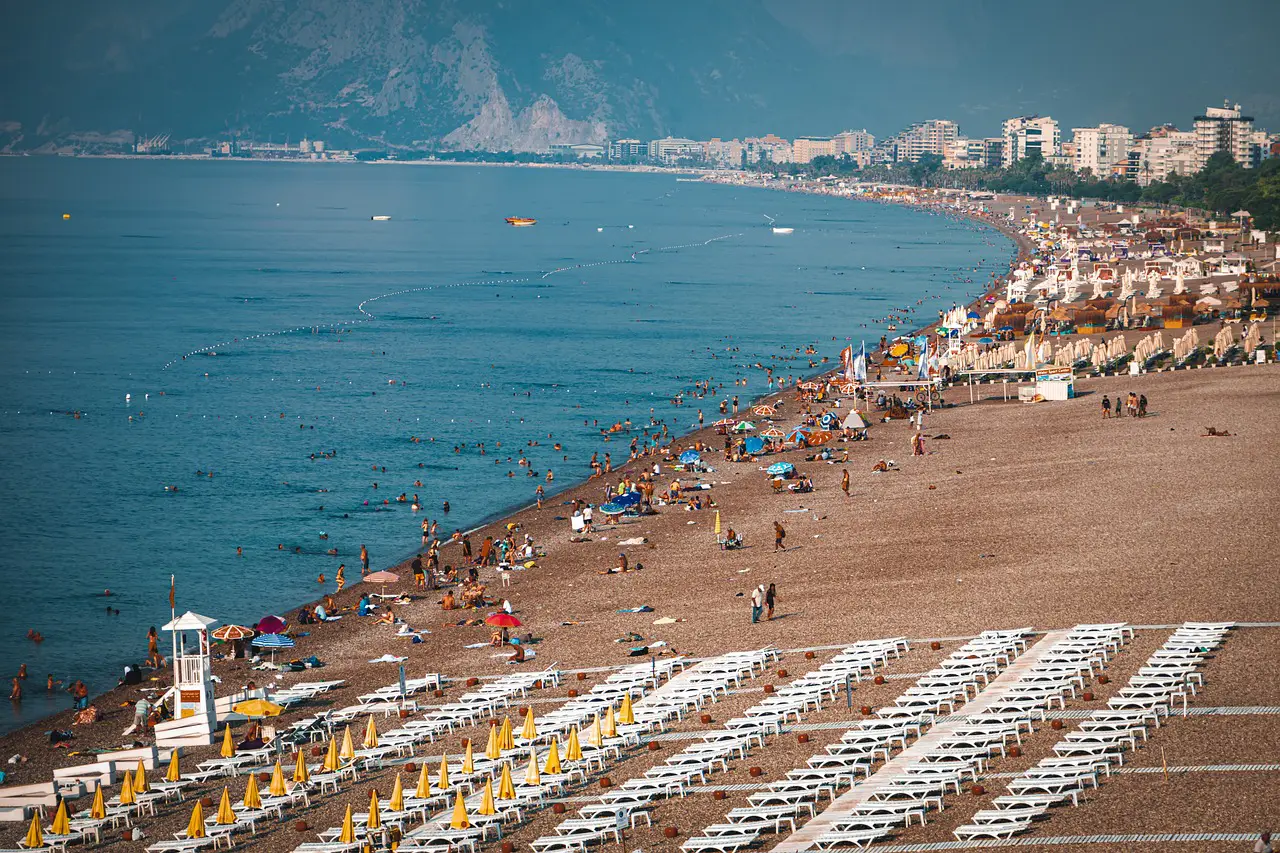Turkish tourism is experiencing a significant surge in 2024, with foreign tourist arrivals increasing by 8.3% in the first eight months, reaching nearly 29 million visitors.
Despite global distractions like the Euro 2024 and the Paris Olympics, Türkiye continues to draw travelers, particularly from Russia, Germany, and the UK. Istanbul remains the top destination, followed by Antalya.
The country’s tourism sector is crucial for its economy, helping to balance the current account deficit and aiming to attract 60 million tourists this year.
Russian tourists lead the influx, accounting for 12.5% of all foreign visitors, followed closely by Germans and Britons. Despite ongoing global challenges, including conflicts and major sports events, Türkiye managed to attract a diverse array of tourists. Notably, visitors from Iran, the UK, and even Ukraine showed significant increases compared to the previous year.
Regional Highlights in Turkish Tourism
Istanbul remains the most visited city, welcoming over 10 million tourists, contributing 36% of the total international arrivals.
Antalya, another popular destination, hosted 8.49 million tourists, followed by the border province of Edirne.
This regional diversity underscores Türkiye’s wide appeal, from bustling urban centers to serene coastal retreats.
Impact on Türkiye’s Economy
The tourism boom is a vital contributor to Türkiye’s economy, generating substantial revenue that helps finance the country’s current account deficit.
With a target of 60 million tourists and $60 billion in tourism revenues for the year, the industry’s success is a key driver of economic stability.
Even amid global distractions, Türkiye’s tourism sector continues to thrive, solidifying its position as a top travel destination.
While Türkiye’s tourism sector is experiencing robust growth, challenges remain, such as the sharp decline in visitors from Israel.
However, the overall outlook remains positive, with the country poised to continue attracting millions of visitors through its rich cultural heritage, diverse landscapes, and strategic efforts to enhance tourist experiences.

